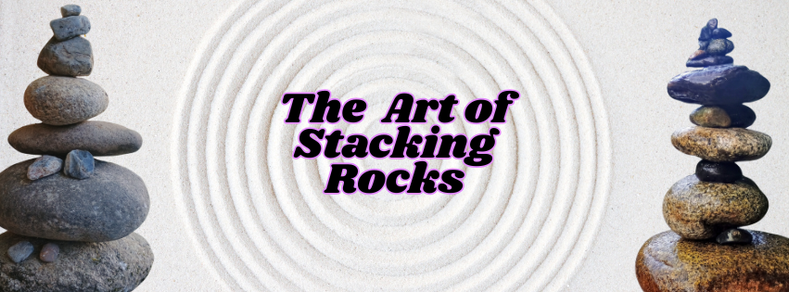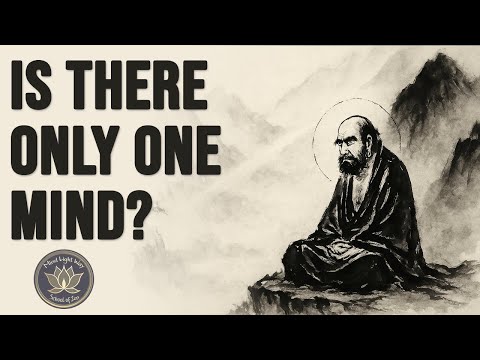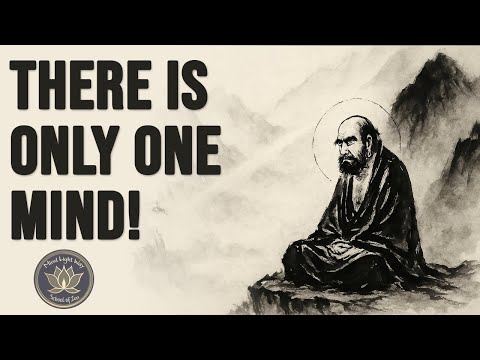#mindfulness
Here's a thought: why not house #persecuted #Lhotshampas in this new #mindfulness city, which would be a real testament to #Bhutanese #compassion and the #happiness index otherwise this ain't workin' for me https://www.youtube.com/watch?v=hPlRmUv7qzo #Buddhism #Bhutan #Nepal #minorities
Rest in power, Joanna Macy. May 2, 1929 - July 19, 2025
"The biggest gift you can give is to be absolutely present, and when you're worrying about whether you're hopeful or hopeless or pessimistic or optimistic, who cares? The main thing is that you're showing up, that you're here and that you're finding ever more capacity to love this world because it will not be healed without that. That was what is going to unleash our intelligence and our ingenuity and our solidarity for the healing of our world."
#washington #dc #dclife #washingtondc #streetphotography #urbanphotography #streetportrait #mastoart #art #arte #fineart #naturallight #naturallightphotography #foto #fotografia #fotografiacallejera #fotografie #opensource #linux #darktable #gimp #abendlauf #eveningwalk #mindful #mindfulness #mindfulliving #mindfullife
Høstanemone
During her third trimester, she organized a “sensory walk” through Couturie Forest, reconnecting with her love for nature and the joy it brings.
This shift led to a profound mental peace and connection with her baby.
What is the mind before thought?
Dive into this question in this month’s Dharma Talk on Zen, mind and consciousness!
There were some livestream issues—but the clean, uninterrupted version is now up: https://www.youtube.com/watch?v=PYQMtCq9kcg
#Zen #Mindfulness #DharmaTalk #Consciousness #OneMind #Buddhism
Rock stacking is more than just stacking stones. It's an art form that combines: focus, patience, creativity & mindfulness.
Learn the basics of stacking rocks and unleash your inner zen by clicking below!
#ZenArt #MindfulCraft #RockStacking #ittybitty4life #nevadacounty #art #nature #river #creek #mindfulness

"Best thing I ever did was stop telling people what's going on in my life.".
#PeacefulMind #PeacefulLife #MentalHealth #EmotionalHealth #Mindfulness #Motivation #SelfAwareness #SelfCare #InnerWork #PersonalGrowth
Everything begins with a seed in your mind.
Each thought, intention, or question you hold has the power to take root and grow.
What are you planting today?
Dharma Talk tonight at 7 PM ET
Join us live: https://www.youtube.com/watch?v=dp0Uvk9MVCU
Today’s petty grievance: A rather expensive-looking SUV, parked in a too-small space, just over the line enough that my appropriately sized car can’t fit next to it. The vanity license plate: MNDFLNS.
#mindfulness
Livestream + In-Person Dharma Talk
Thursday, July 18 @ 7 PM ET
Join Zen Master Sebastian Rizzon for a powerful new talk:
“Zen and the Nature of Mind: Awareness, Energy, and the One Mind”
We’ll explore the ancient Zen teaching that “Mind is Buddha,” drawn from the Laṅkāvatāra Sūtra, Mazu Daoyi, and Bodhidharma’s Four Statements—with meditation practices to clear the mind and open the heart.
Watch Live: https://www.youtube.com/watch?v=dp0Uvk9MVCU
In-Person: 86 Joy Street, Studio 5R, Somerville, MA
Discover how your mind is not just thought—but a prism of universal awareness.
All are welcome.
#Zen #Mindfulness #DharmaTalk #Consciousness #Meditation #OneMind #ZenMaster #KwanseumBosal #Buddhism #ZenArtCenter
#dog #doglover #dogsofpixelfed #mastoart #arte #art #eveningwalk #abendlauf #photo #photography #streetphotography #urbanphotography #naturallightphotography #foto #fotografia #fotografie #hundeliebe #hunde #artphotography #artisticphotography #mindfulliving #mindfullife #mindfulness #opensource #opensourcesoftware #linux #darktable #gimp #nikonphotography
Hey all,
I’ve been really quiet lately, mostly just sharing bits of writing from my #sepsis recovery.
I’ve started to get back into the woods, even though it often feels like walking on nails.
My ankles & right knee are still like crockery.
Some days I can walk for an hour; others, I’m lucky to get 5 mins from the car.
Still, I’m incredibly grateful to even be alive. I feel very blessed.
I hope to share new work soon.
A fond memory
Protecting My Attention at the Dopamine Carnival
https://www.amirsharif.com/protecting-my-attention-at-the-dopamine-carnival
For all that #dementia takes away, there are joys to be found by living in the moment.
“Suffering begins when you mentally label a situation as bad. That causes an emotional contraction. When you let it be, without naming it, enormous power is available to you. The contraction cuts you off from that power, the power of life itself.”
— Eckhart Tolle
Happy Weekend!
A really sweet, restoring faith in good people, good neighbors here.
An actual ad for tourism, from Quebec, Canada.
So nice, it "broke the Internet" and was named "person" of the week by Staphanie Ruhl (MSNBC)
>> Canadian kindness breaks the internet
https://www.cnn.com/2025/07/11/travel/video/canadian-travel-ad-promotes-kidness-digvid
> A viral ad campaign from the Eastern Townships Tourism Association has a message for American travelers hoping to come to Canada.







